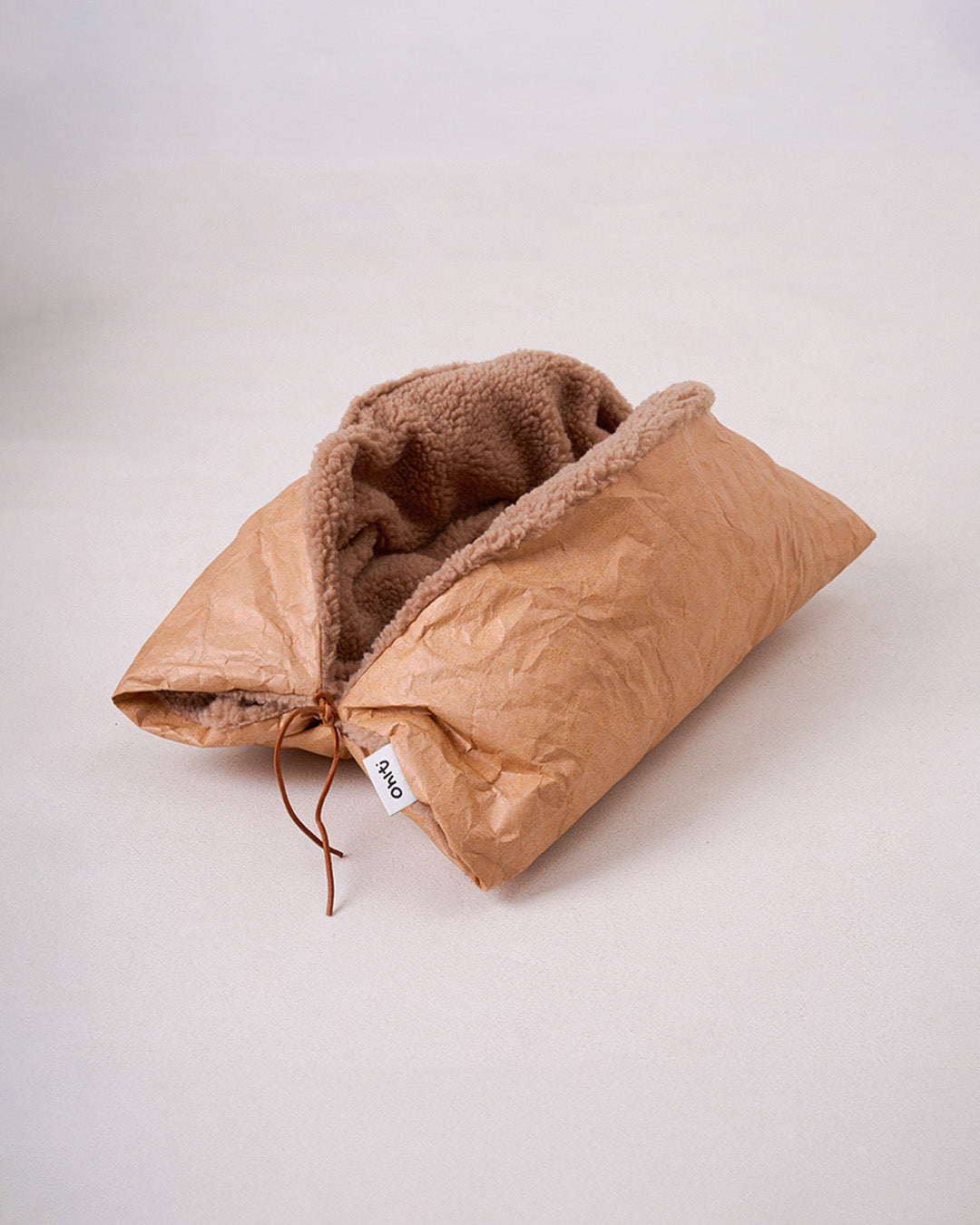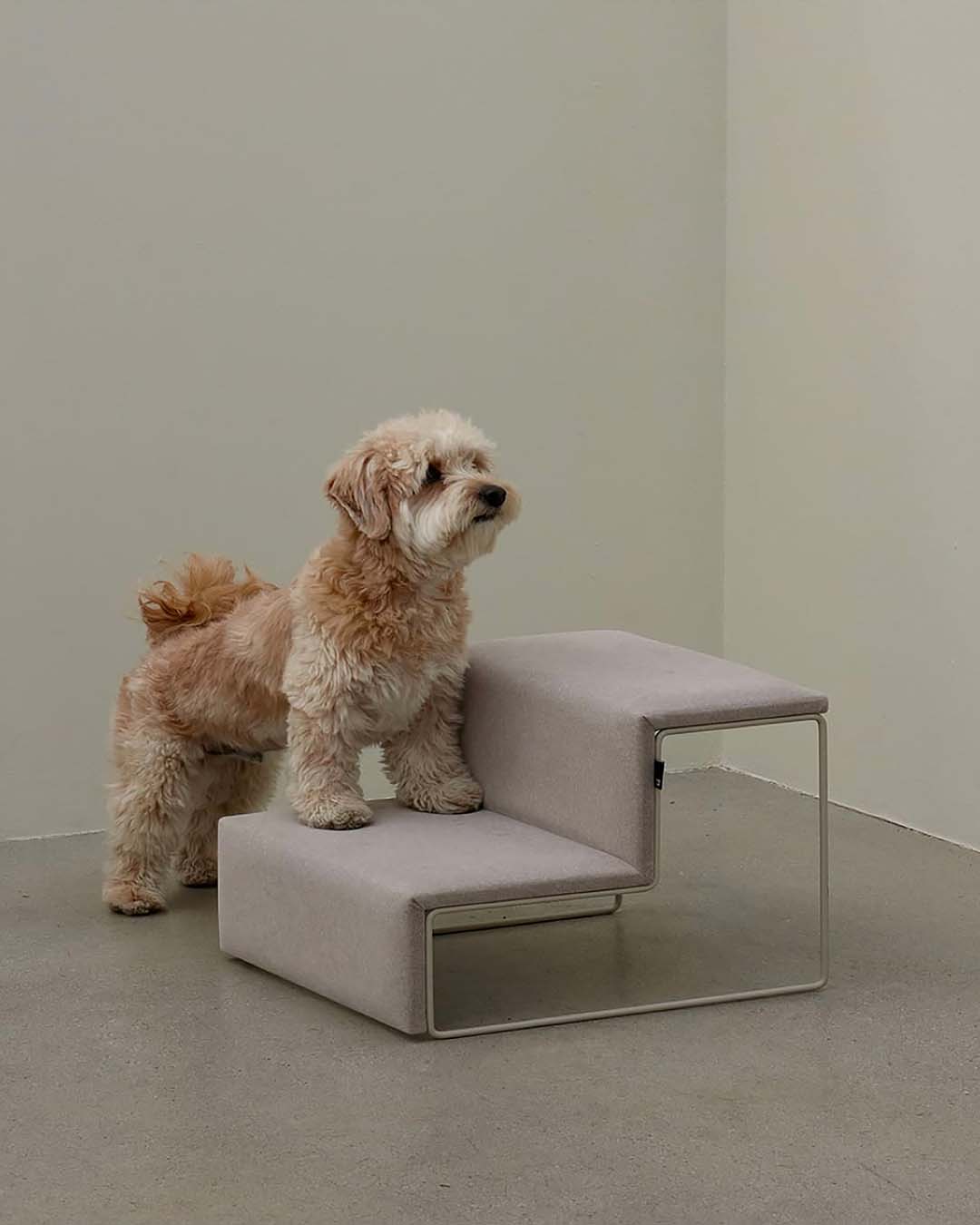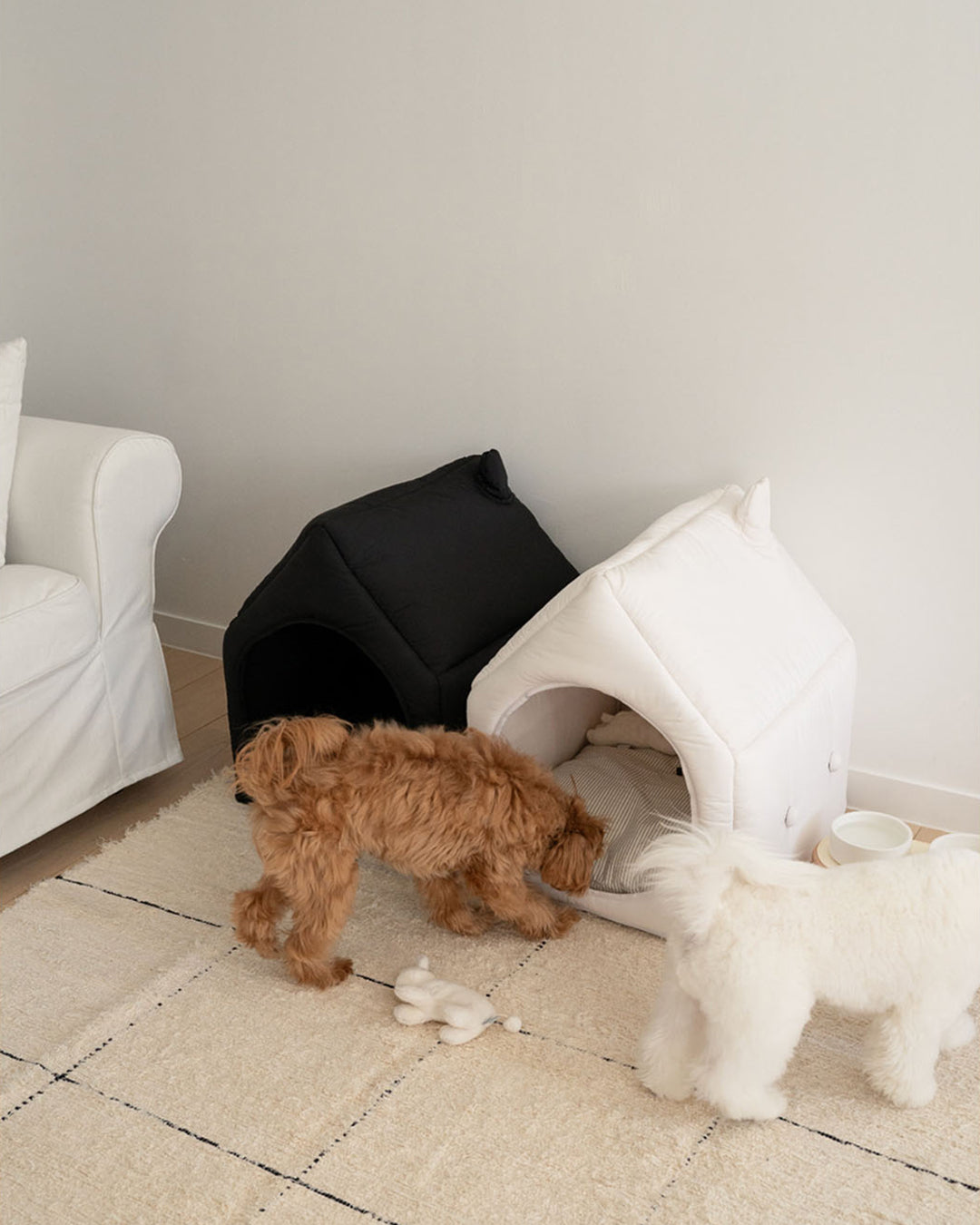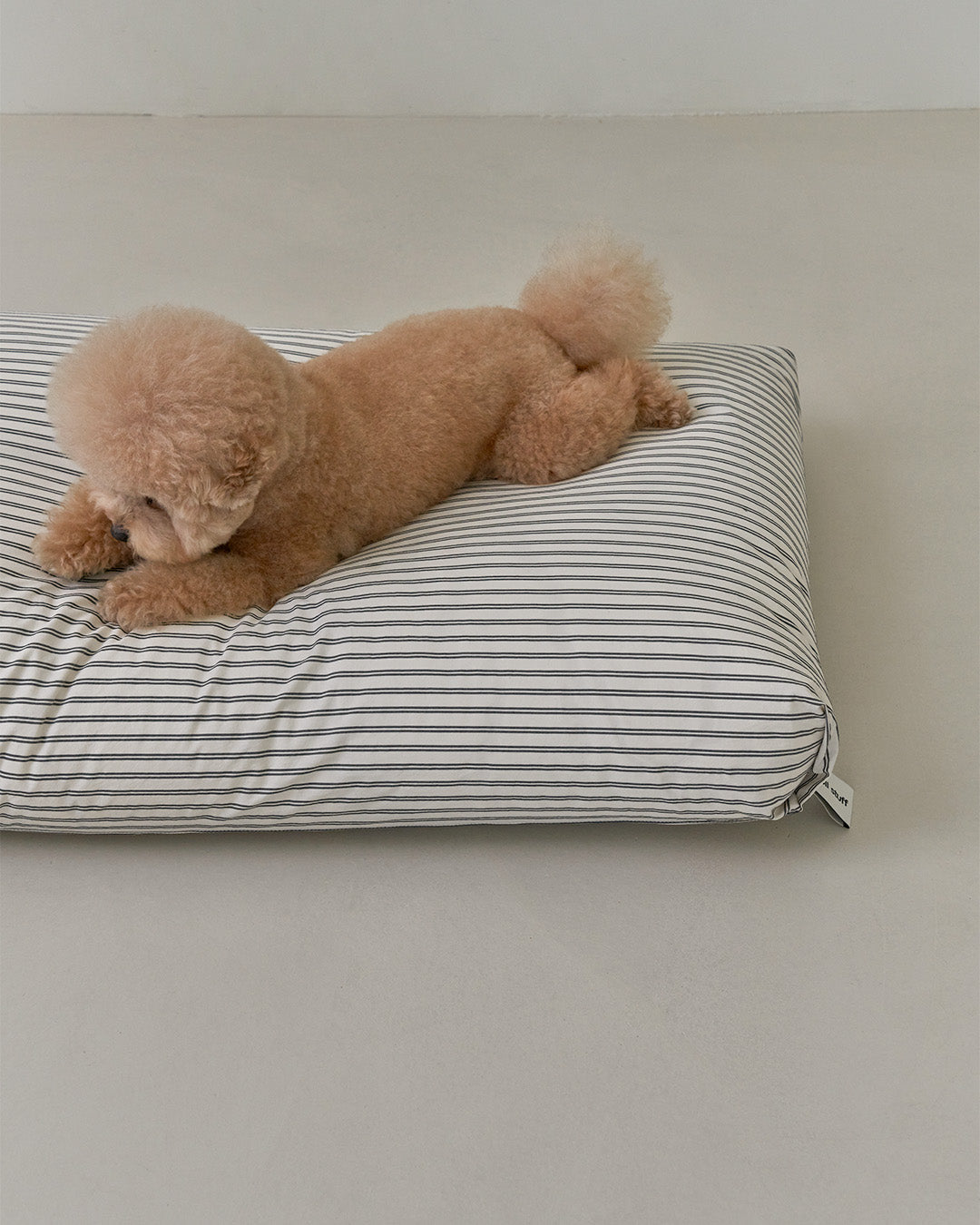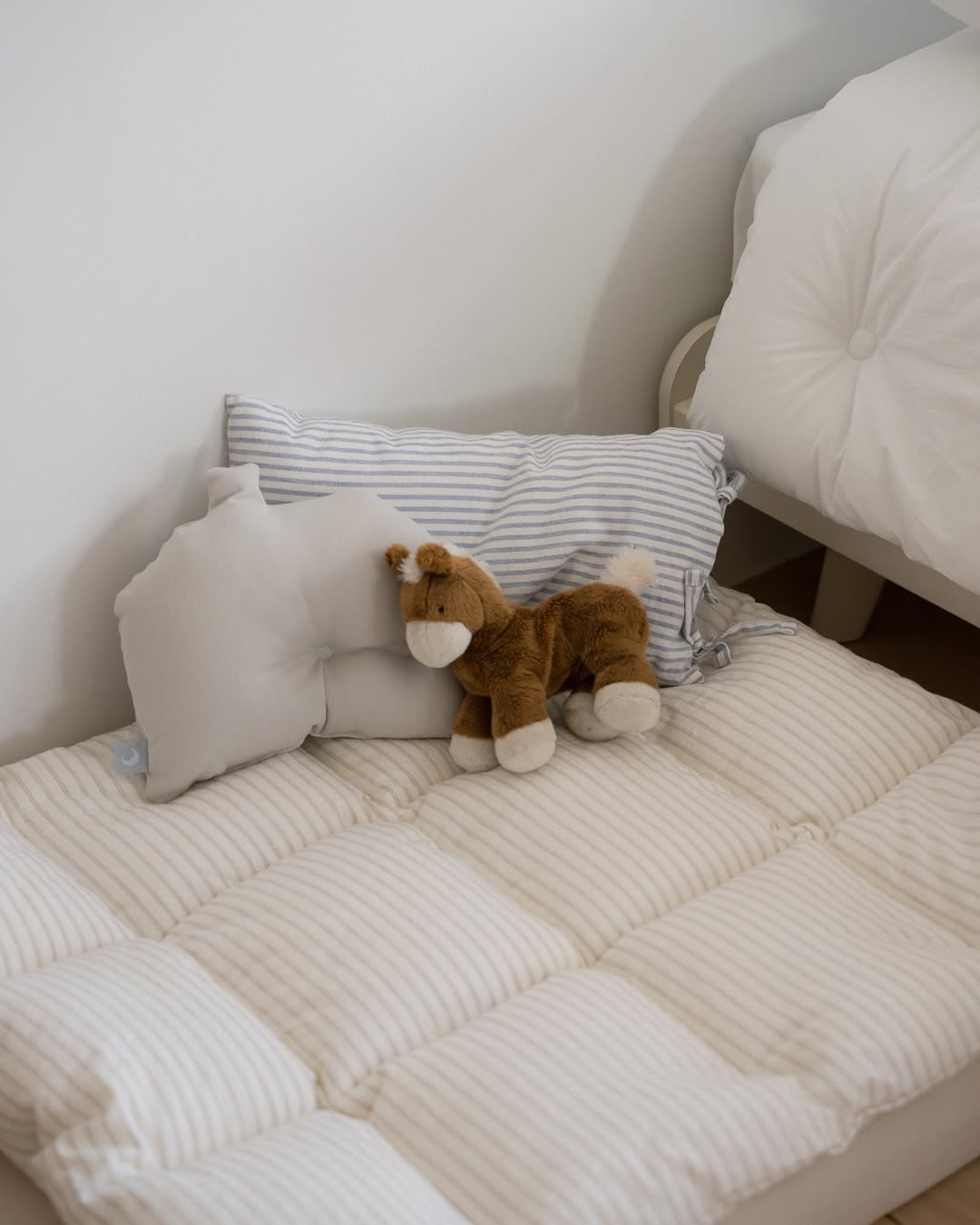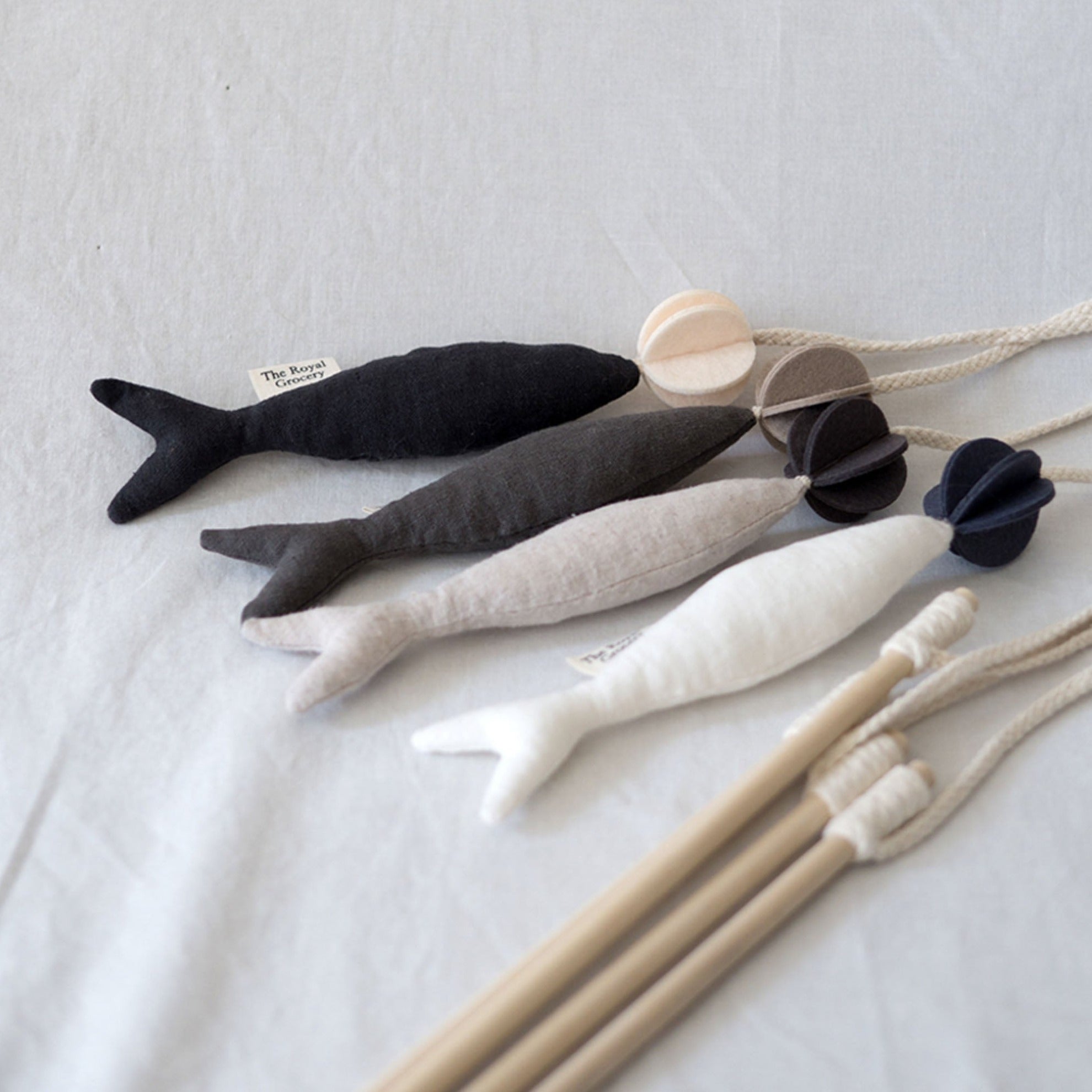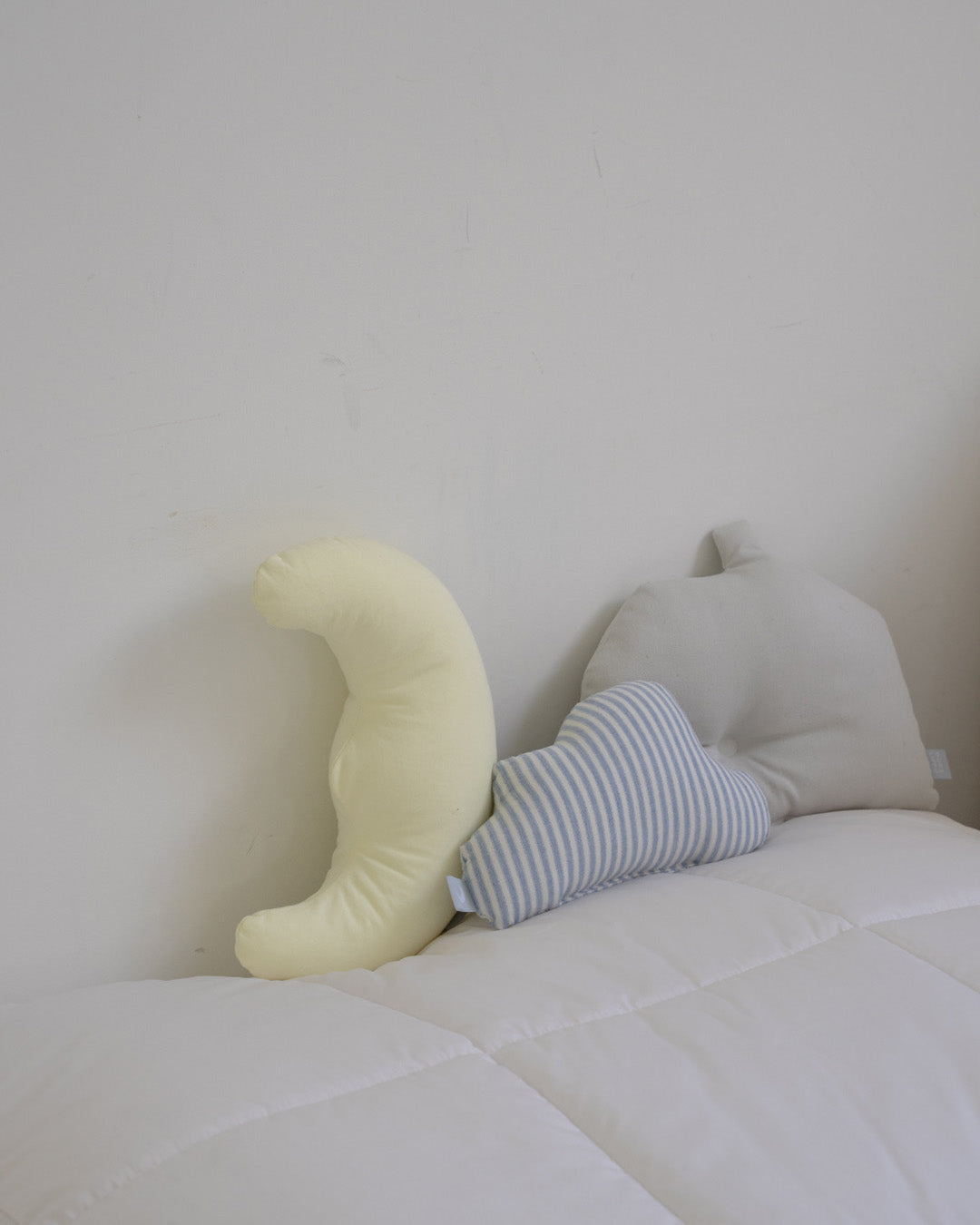Introduction

If you’ve ever found your cat curled up inside a cardboard box, under the bed, or tucked behind the couch, you’ve witnessed a feline instinct in action. Hiding isn’t a sign of fear or avoidance—it’s a natural behavior deeply rooted in a cat’s survival instincts. In the wild, cats rely on secluded spaces to rest, recharge, and feel safe from predators. Even in the comfort of a modern home, that instinct remains strong.
Hiding spaces are more than cozy spots; they’re essential to a cat’s mental and physical well-being. From reducing anxiety to preventing behavioral issues, providing your cat with the right hideouts can make a dramatic difference in their daily life.
Why Cats Crave Hiding Spaces
Safety and Control
Cats are territorial and cautious by nature. When they feel overwhelmed—by loud noises, unfamiliar visitors, or changes in the home—they seek quiet, enclosed spaces to retreat and regain a sense of control.
Stress Relief and Emotional Regulation
Whether your cat is shy or confident, they need moments of solitude. Having access to cozy hideouts helps them self-soothe during stressful moments and improves their ability to handle changes in routine, vet visits, or new environments.
Temperature and Comfort
Hiding spots often offer warmth, darkness, and quiet—all things that contribute to better rest. In cooler seasons, enclosed beds and tents can retain body heat, which is especially important for kittens or senior cats.
Privacy and Independence
Cats enjoy companionship, but they also need personal space. Providing multiple hiding options allows them to choose when and where they want to rest—on their own terms.
How to Create the Perfect Hiding Spots
Choose Semi-Enclosed Beds or Tents

Soft-sided hideouts like the Corner House offer the perfect balance of openness and privacy. If your cat prefers smaller nooks, the Choco Tent is a great option—especially for kittens or petite breeds who enjoy burrowing. For cats who want a bit more visibility without giving up coziness, the Marron Bed provides a semi-enclosed shape that feels both safe and airy.
Offer Variety at Different Heights

Some cats like ground-level hideouts, while others prefer slightly elevated spaces. Try placing hideouts on low furniture or in corners of the room to mimic the feel of a den. The Raf Hammock is a great elevated option that satisfies a cat’s natural desire to observe their surroundings from a safe height.
Keep It Warm and Soft

Materials matter. The Informal House features warm, cushioned interiors that make it an inviting year-round option. Fabrics that mimic natural nesting materials help cats feel even more at home, offering both comfort and calm.
Quiet, Low-Traffic Placement
Position hiding spots in quieter areas of your home. Avoid high-traffic zones like hallways or near loud appliances. Bedrooms, reading nooks, or sunlit corners work especially well. The Corner House, with its simple design and cozy build, fits beautifully into calm spaces where your cat can retreat and recharge without disruption.
Situations Where Hideouts Are Especially Helpful
After Adoption or a Move – Helps cats adjust to new surroundings.
During Illness or Recovery – Offers rest and protection when they’re feeling vulnerable.
With Young Children or Multiple Pets – A retreat can prevent overstimulation.
Seasonal Stressors – Fireworks, guests, or storms can all be less scary with a cozy place to hide.
Final Thoughts
A hiding spot is more than just a place to sleep—it’s a resource that supports your cat’s sense of security, independence, and emotional well-being. By incorporating thoughtfully placed, well-designed hideouts into your home, you’re giving your cat the gift of peace and comfort, whenever they need it.
Share
Read more
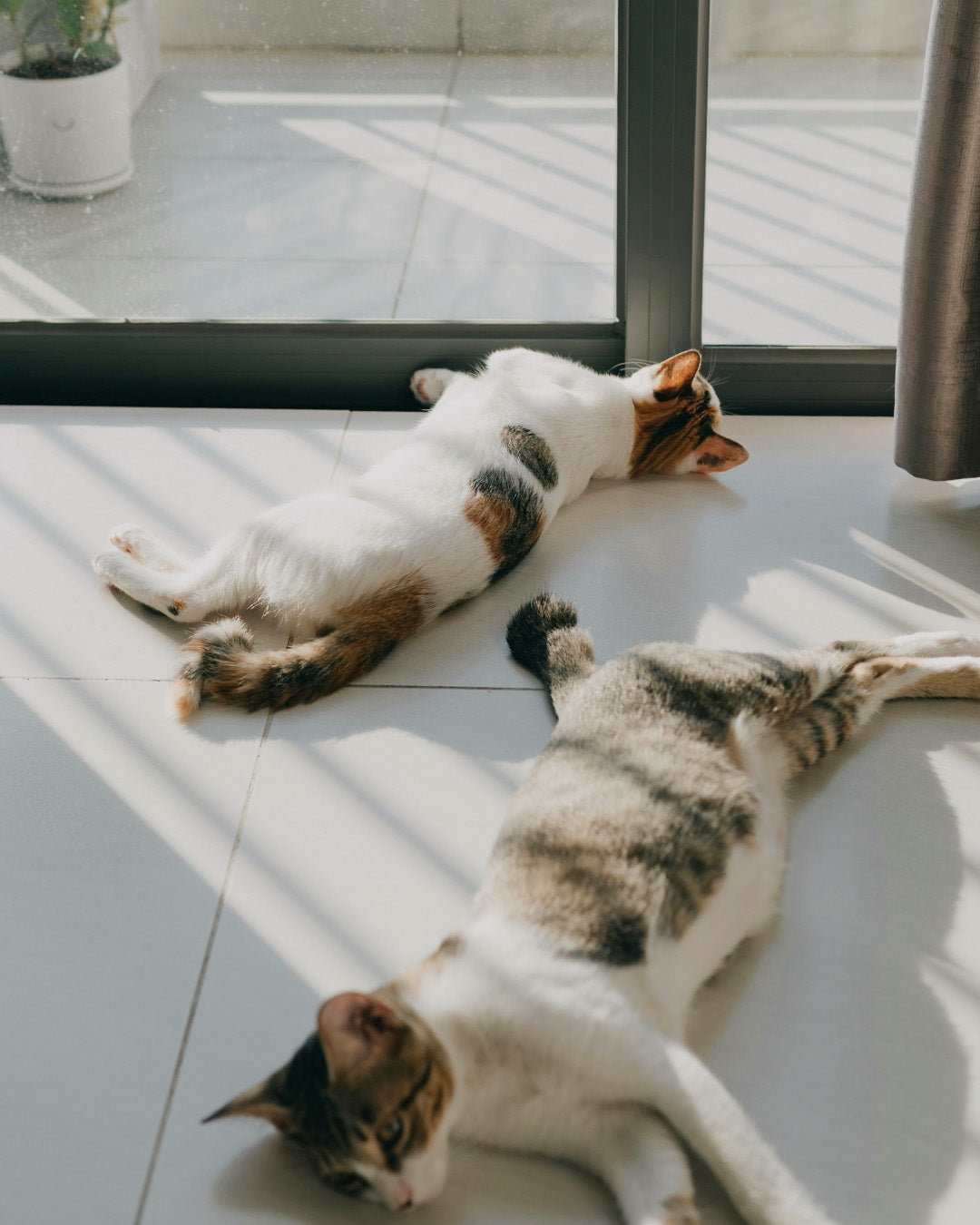
Do Cats Get Bored Indoors? Signs and Solutions
Introduction While cats are often seen as independent and low-maintenance pets, that doesn’t mean they’re immune to boredom. In fact, indoor cats—despite having a safe and climate-controlled enviro...

How to Help Your Pet Feel Safe When You’re Away from Home
Leaving your pet alone at home can feel just as hard for you as it does for them. Whether you’re heading out for work or a weekend trip, pets often experience separation anxiety or stress when thei...

